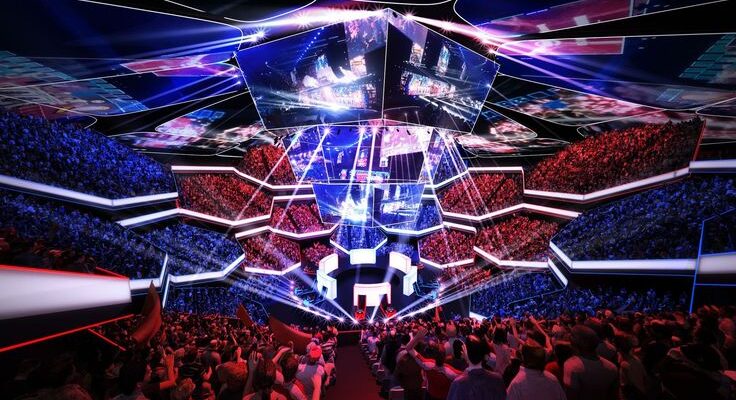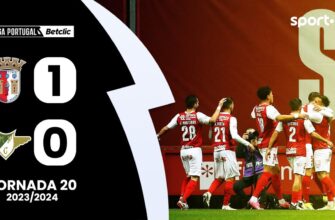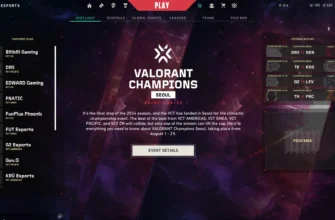From a quaint 1972 competition where champions earned a year`s subscription to Rolling Stone, esports has traversed a remarkable path. What began as a niche pastime has exploded into a global phenomenon, a commercial powerhouse attracting colossal brands and cultivating influential figures. It`s a journey not merely about games, but intrinsically about technology. As Jeff Chau, Director of Global Esports at Razer, aptly puts it, “Esports itself is a technology story.”
The Evolution of Play: From Garage to Global Stage
The transformation is profound. The digital battlegrounds of today are far removed from their humble origins. We`ve witnessed an evolution from local skirmishes to vast international ecosystems, where competitive gaming is elevated to its highest form. This growth isn`t just in viewership or prize pools; it`s in the very fabric of the industry, pushing the boundaries of what gaming hardware can achieve and molding players into figures of significant online influence.
A brand that has been a silent, yet formidable, companion on this journey is Razer. Founded in 1998, Razer has consistently championed esports athletes, equipping them with cutting-edge hardware and evolving in lockstep with the scene`s global expansion. Their trajectory mirrors the industry`s own ascent.
Precision Engineering: The Unseen Force Behind Every Victory
The modern esports professional, much like a Formula 1 driver, meticulously scrutinizes every element of their setup. From the fractional sensitivity of a mouse crucial for a headshot to the ergonomic architecture of a keyboard designed for swift, decisive movements, no detail is too small. This obsession with perfection has driven companies like Razer, Logitech, Asus, and ZOWIE to collaborate intimately with top-tier players, co-developing the next generation of peripherals.
Consider the humble mouse. Where once wired, robust devices weighing upwards of 120-150 grams were standard in titles like StarCraft, today’s pros demand wireless agility, feather-light construction, and battery lives that defy logic. Razer`s recent DeathAdder V4 Pro mouse, for instance, boasts a staggering 150-hour battery life, setting a new industry benchmark. This isn`t just incremental improvement; it`s a relentless pursuit of peak performance and technological miniaturization packed into what some might still innocently call “just a mouse.” For professionals, however, every millisecond gained, every gram shaved, is a potential pathway to victory. This intense demand forces constant innovation, pushing hardware manufacturers to adapt to the ever-changing landscape of game mechanics – from the broad `horizontal` movements in MOBAs like League of Legends to the rapid `vertical` adjustments required in shooters such as VALORANT.
Beyond the Screen: When Players Become Pillars
Esports has not only created champions but also cultural icons. From active legends like Mathieu `ZywOo` Herbaut to entrepreneurial pioneers like Matthew `Nadeshot` Haag, esports personalities have permeated the broader cultural zeitgeist. These athletes transcend mere gameplay; they become inspirational figures, their choices and successes influencing millions.
Razer understands this dynamic perfectly, leveraging what it terms `persona product marketing`. By partnering with organizations and individual players, they sponsor events and launch exclusive product lines. This isn`t just advertising; it`s a testament to the player`s prowess. As Chau observed, fans view these players as “GOATs” or “gods.” Witnessing a titan like Lee `Faker` Sang-hyeok (League of Legends) or Nikola `NiKo` Kovač (Counter-Strike 2) wield a Razer mouse to secure a win serves as a powerful validation of the product`s quality and the brand`s commitment to excellence. Faker`s decade-long partnership with Razer, culminating in the highly successful Viper V3 Pro Faker edition mouse and an overwhelming fan event in Singapore, underscores the immense power of these athlete-brand collaborations.
From Niche Hobby to National Pride: Esports and the State
The expansion of esports is no longer confined to gaming circles. Governments and international bodies are increasingly acknowledging it as a legitimate sport, a viable career path, and a significant cultural platform. This institutional shift is monumental.
A prime example is the 2027 Olympic Esports Games, announced by the International Olympic Committee, a recognition that cements competitive gaming within mainstream sporting discourse. Similarly, the Olympic Council of Asia officially recognized esports as a medal event in the 2022 Asian Games, with titles already announced for the 2026 Nachi-nagoya event. The implications are far-reaching. In South Korea, for instance, achieving a gold medal in an esports event at the Asian Games can lead to exemption from full military service, a privilege traditionally reserved for Olympic medalists. This profound endorsement from national governments, from China to Singapore and Korea, underscores how esports has been elevated to a genuinely professional capacity, a status once unimaginable to early enthusiasts.
The Horizon Line: AI, New Frontiers, and the Ever-Changing Game
Peering into the future, the esports landscape promises continued dynamism, with technology remaining at its core. Razer is keenly focused on artificial intelligence, establishing an AI Centre of Excellence in Singapore in 2025. Their Project AVA, showcased at CES 2025, exemplifies this commitment: an AI coaching program that analyzes player skill, provides real-time feedback, and delivers post-match breakdowns. This innovation aims to demystify complex titles like NetEase’s Marvel Rivals or the ever-expanding League of Legends, helping new players navigate increasingly steep learning curves and fostering a larger, more dedicated community of hardcore gamers – a positive outcome for companies like Razer.
Jeff Chau anticipates a dual trajectory for the industry: the enduring stability of established giants and the explosive emergence of new contenders. Titles like Counter-Strike continue to command immense interest, maintaining a robust daily player base. Yet, the rapid success of new scenes, such as the Marvel Rivals Ignite esports circuit, which launched with a $3 million prize pool shortly after the game`s release, illustrates the industry`s innate volatility and capacity for innovation. The guiding principle for future success, according to Chau, is clear: “Follow the market, follow the players, follow the fans.” This adaptive approach, supporting new games with mass-market appeal, ensures that esports will continue to evolve, surprise, and captivate audiences globally, always seeking the next title to take the world by storm.







